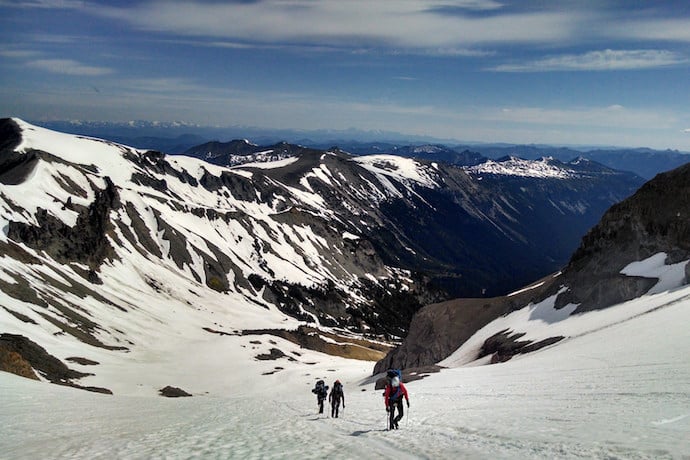Do you remember what you ate for dinner seventeen days ago? Or what colour shirt you wore? Probably not. For most people, the details of average days blur together. But when you go on a trip, whether it’s a visit to a local zoo or a vacation around the world, every sight, sound, and taste is etched into your mind.
Now which do you find easier to remember: “collywobbles” or “763927501827”? Even if you have no idea what “collywobbles” means (it’s a fancy term for bellyache) you’ll probably pick the word. Yet both terms have 12 characters. What makes the first so natural and the second so intimidating?
Both exercises tell us something about the way we learn: our brains aren’t built for cramming random lists of facts. Instead, they work best when information is meaningful, when all of our senses are engaged, and when we’re doing something concrete. Yet this creative, hands-on approach is expensive. Most schools don’t have enough money to bring their students on a camping trip, much less an expedition to the Great Barrier Reef or the International Space Station. Or do they?
Virtual Romps
In 2015, Google launched a free educational app to let students travel the world through their smartphones. A device using Google Expeditions is inserted into a special cardboard viewer to create a virtual reality (VR) headset. The viewer covers your eyes and blocks out the outside world. The app then immerses you in 360° photos: the Great Wall of China, Machu Picchu, the Taj Mahal. When you move your head the image moves with you.

Teachers lead the expedition from their iPad. There are hundreds of excursions available, for arts, science, geography, history. There are also “career expeditions” where students can get a taste of working as a paleontologist, firefighter, or engineer.

Plus, each scene has educational snippets and questions for beginner, intermediate, and advanced classes.
Hacking the Brain
Although powerful, the technology for this type of VR is simple. To understand how it works hold up your index finger in front of your nose. Close your right eye. Now close your left eye as you open your right. See how your finger shifts to the right or left depending on which eye is open? Since your eyes are a few centimetres apart, each one receives a different “picture” of the outside world. Your brain puts the two pictures together to estimate depth. We call this “stereoscopic vision”.
Google Expeditions uses stereoscopy to trick your brain into thinking it’s viewing the real world. Outside the cardboard, the phone displays two slightly different images side by side. The cardboard isolates each image. This prevents your eye from peeking, which would make your brain aware of the trick.

Make Your Own Cardboard
Official Google Cardboard headsets can be purchased for $20 USD, or scavenged from the internet for even cheaper. An adventurous person can also build their own. The main ingredient — cardboard — is easy to scrounge up, and Google provides an official template for the headset. The tricky part is finding magnets and biconvex lenses, which can be purchased online or removed from binoculars.
VR Eduction
Are Google Expeditions better than a textbook or a movie? Absolutely. Are they a substitute for being there in person? No.
Critics point out that the excursions are still just static photos. They’re immersive and engaging, but they don’t allow you to interact with your environment. The technology can be glitchy. After a lifetime spend staring at the real world, our brains our experts at telling the difference between real and virtual. If the images load a bit too slowly, or don’t respond exactly to our head movements, it can cause “VR sickness”. On a financial level, Google Expeditions require each student to have access to a smartphone. That’s not an insignificant expense.
On the other hand, there’s a lot potential for meaningful educational. The Google Cardboard viewer is the first VR headset that’s cheap and scalable for schools. As VR matures, apps will become more interactive. And ultimately, visiting the International Space Station — even through a phone screen — tops any museum, textbook, or documentary.

Learn More
Official Google Expeditions ads
https://www.youtube.com/watch?v=3MQ9yG_QfDA
https://www.youtube.com/watch?v=n29VQwW-03o
How-to video about leading expeditions with students
https://www.youtube.com/watch?v=0KgYntZ35fY
Stereoscopic vision
https://computer.howstuffworks.com/3d-pc-glasses1.htm
https://www.youtube.com/watch?v=dZw0dR2e6UQ
Make your own google cardboard headset
http://www.instructables.com/id/How-to-make-Google-Cardboard/
https://www.youtube.com/watch?v=8qNmRi-gNqE

